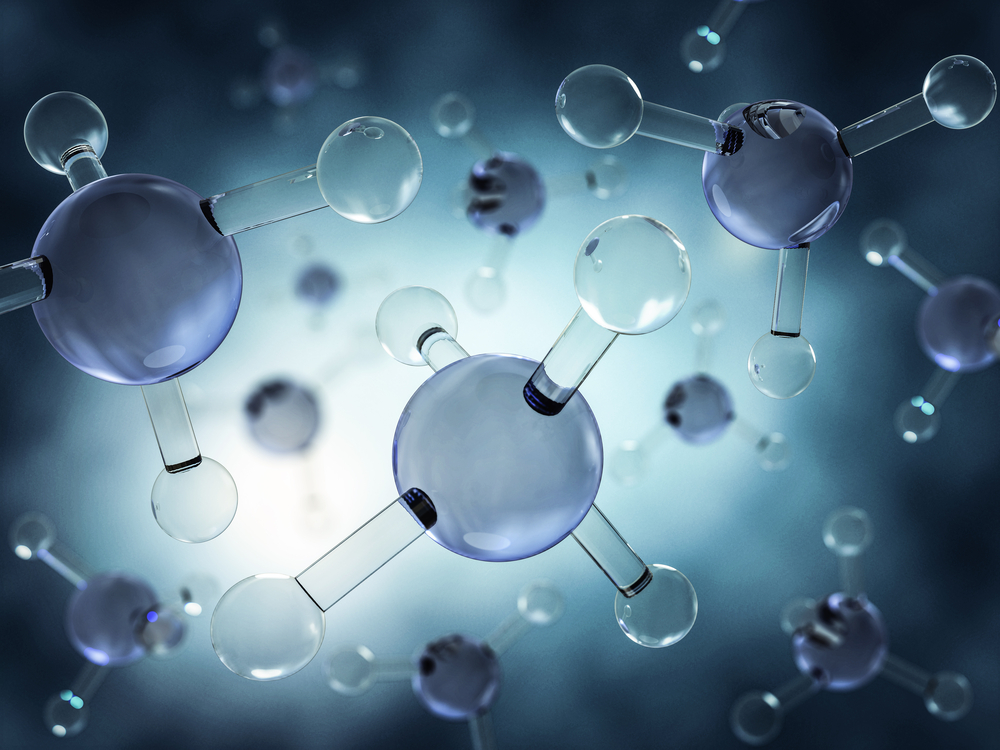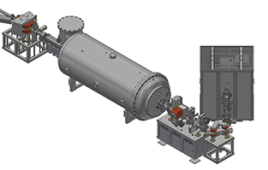
A new copper and platinum alloy catalyst can produce fuel from the methane in shale gas.
Researchers from the University College London (UCL) and Tufts University have found that a platinum and copper alloy catalyst can convert the methane in shale gas to hydrocarbon fuels.
Platinum or nickel can break the carbon-hydrogen bonds in methane to help produce hydrocarbon fuels and other chemicals. However, this is known to cause coking—where the metal becomes coated with a carbon layer that renders it ineffective by blocking the reactions from occurring at the surface.
“While model catalysts in surface science experiments are essential to follow the structure and reactivity at the atomic scale, it is exciting to extend this knowledge to realistic nanoparticle catalysts of similar compositions and test them under practical conditions, aimed at developing the catalyst for the next step – industrial application,” study co-lead author, Distinguished Professor Maria Flytzani-Stephanopoulos of the Department of Chemical and Biological Engineering in Tufts University’s School of Engineering, said in a statement.
The new alloy catalysts is resistant to coking, meaning that it can retain its activity and requires less energy to break the bonds than other materials.
The methane reforming processes require temperatures of about 900 degrees Celsius, while the new catalyst could lower the required temperature to about 400 degrees Celsius.
The researchers used a combination of surface science, catalysis experiments and powerful computing techniques to investigate the alloy’s performance. They found that the platinum breaks the carbon-hydrogen bonds, while the copper helps couple hydrocarbon molecules of different sizes, paving the way for the conversion to fuels.
“We used supercomputers to model how the reaction happens–the breaking and making of bonds in small molecules on the catalytic alloy surface, and also to predict its performance at large scales,” Michail Stamatakis, a professor of chemical engineering at UCL and the co-lead author of the study, said in a statement. “For this, we needed access to hundreds of processors to simulate thousands of reaction events.”
During the study, UCL researchers traced the reaction using computers while Tufts chemists and chemical engineers ran surface science and micro-reactor experiments to demonstrate the viability of the new catalyst—atoms of platinum dispersed in a copper surface—in a practical setting.
The researchers found that the single atom alloy was very stable and required only a small amount of platinum to work.
“Seeing is believing, and our scanning tunneling microscope allowed us to visualize how single platinum atoms were arranged in copper,” professor Charles Sykes of the Department of Chemistry in Tufts University’s School of Arts & Sciences, said in a statement. “Given that platinum is over $1,000 an ounce, versus copper at 15 cents, a significant cost saving can be made.”
The next step will be to develop catalysts that are similarly resistant to the coking that plagues metals traditionally used in this process and other chemical processes.




